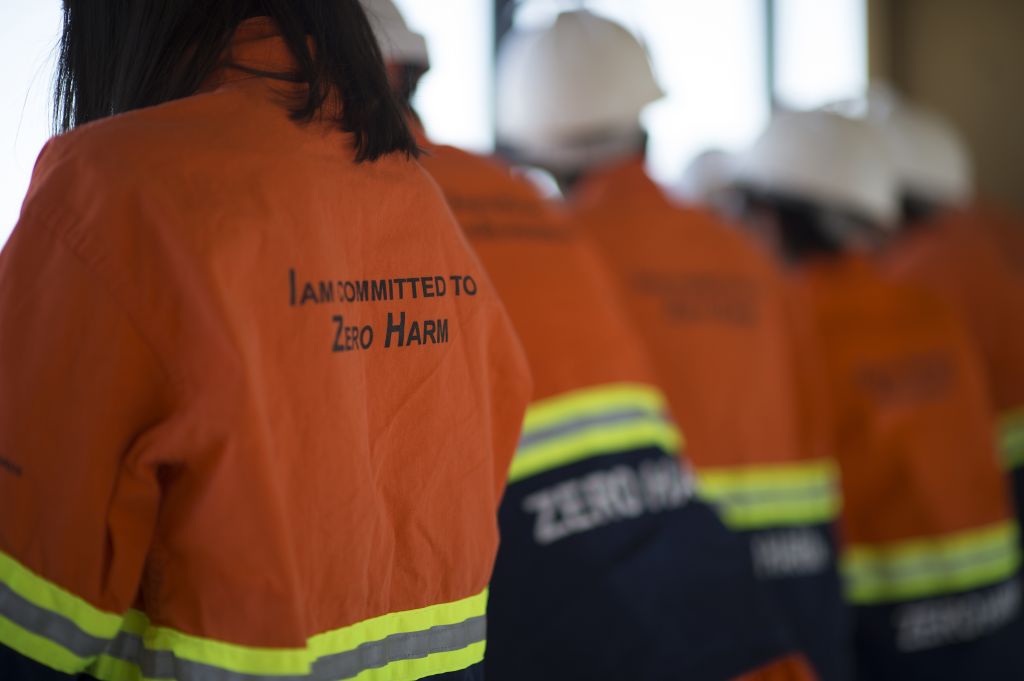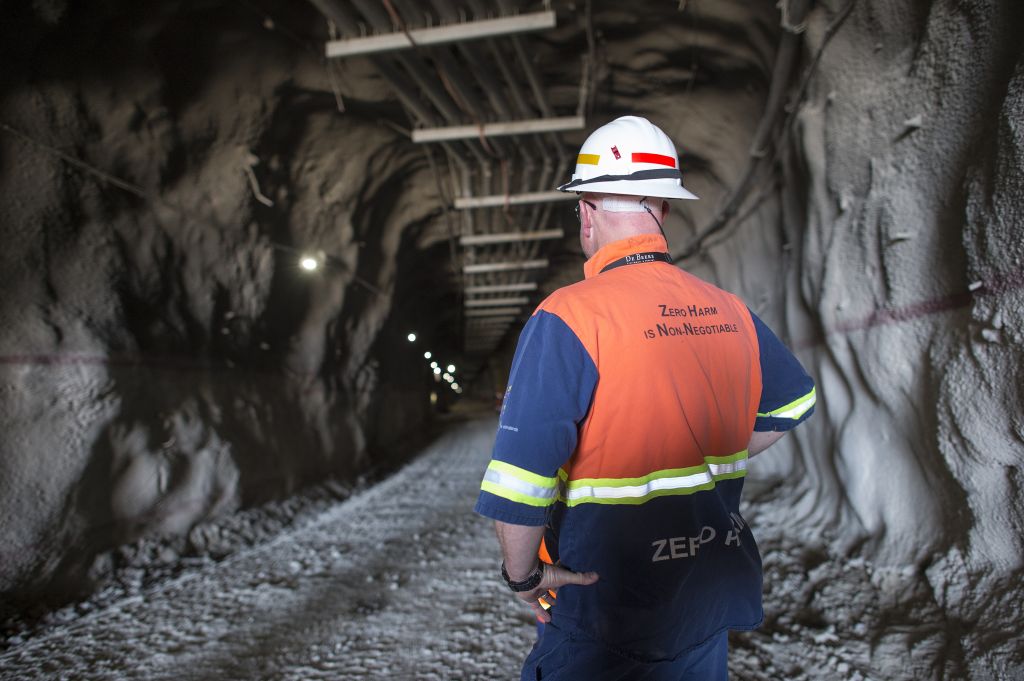Ensuring a healthy safety culture is at the heart of mining

By Rene Aguilar, Group Head of Safety, Anglo American
As with other industries which are exposed to various degrees of risk, providing a safe and healthy workplace is a top priority for mining companies. Whilst ensuring that the correct controls are in place to mitigate critical safety risks, the industry is increasingly focusing on employee behaviour, attitude and motivation. These are key to creating a strong safety culture. Following in the footsteps of other industries, the mining industry is also embracing innovation and exploring how smart technology can not only improve its productivity, but make its mines safer places for their employees.
Digital technology, enabled by the rise of the Internet of Things (IoT), is being increasingly deployed to enhance the safety of workers as they go about their work in the mine. Whilst ensuring worker compliance with health and safety regulations, such as wearing the appropriate workwear and protective equipment, the industry is embracing wearable technology that is able to relay data about an individual’s health and wellbeing back to safety managers. Such technology can either be worn or built into existing workwear to increase workplace safety. These devices can collect data about the worker’s surroundings, such as air quality or proximity to hazards, and feed this back so safety alerts can be issued directly to an employee if necessary. Anglo American, for example, is working on combining data from its drills and their surrounding environments with physical locations to create what it calls “active risk maps”. These are all part of measures the industry is taking to create safer working conditions.

As part of improving the control management systems that mining companies have in place, it’s essential to consider culture and behaviour and the significant role this plays in creating a healthy safety culture. According to a Deloitte report entitled ‘Tracking the trends 2016: the top 10 issues mining companies will face in the coming year’, leading mining companies realise that “safety isn’t only a function of process-driven policies” but also requires the “promotion of a culture of safety.” For workers to carry out tasks safely, it’s important that they understand their individual role in creating a safe work environment for themselves and their colleagues. Addressing the human factor in all safety incidents is becoming a significant part in not only ensuring the safety of workers but learning how to make them even safer as they go about their work. It is increasingly recognised by the industry that employees must not just be safe physically, but mentally as well, to create a working environment which is both secure and productive. IoT enabled devices are allowing mining companies to increase their awareness of various factors which may affect a miner’s welfare and allows them to act on this insight before it becomes a safety risk.
Anglo American’s Global Safety Day
Anglo American first introduced Global Safety Day in 2011 to reinforce that everyone has a responsibility for safety. By engaging employees, it believes it can make the goal of zero harm in mining a reality. Although the day itself only takes place once a year, the wider aim is to drive a greater ongoing involvement in improving safety in mining. The theme of last year’s Global Safety Day was ‘controls protect and keep you safe.’ In the months leading up to the day, this encouraged people to think about the role controls play in their personal and work lives and to ensure they understand and lead on their use. On the day everyone came together to discuss how control use could be improved, which led to the development of local actions and improvement plans.
Controls protect us. Critical controls keep us alive
Anglo American’s sixth Global Safety Day took place on 6 October 2016 and involved over 128,000 people from 11 countries around the world, including South Africa, Botswana and Namibia. This year’s Safety Day focused on the single biggest factor in reducing fatalities across Anglo American’s operations: critical controls. According to the company’s loss of life incident investigations, a lack of understanding of critical controls and how they should be successfully implemented was at the crux of why incidents happen. Critical controls are crucial in preventing an unwanted event or to mitigating the consequences if it does happen. They protect employees from all sorts of hazards, providing predictability and stability. When the right controls are in place and being used correctly, Anglo American can feel secure in the knowledge that its working environment is safe. Over the last few months, employees have been working together to ensure people understand the role of critical controls and what their correct use depends on. Through team discussions, toolbox talks, safety briefings and leadership, Global Safety Day encourages people to reflect on what they have learnt and agree on actions moving forward to ensure these are put into practice.
As part of raising awareness of these controls and highlighting the importance of accident prevention in the workplace, 359 team videos were produced from 42 locations in the six weeks leading up to this year’s Global Safety Day. One of the pieces of content produced this year involved the children of miners, who work in nickel operations in Niquelândia and Barro Alto, radioing their parents to remind them to observe the correct rules so they would come home safely at the end of the day.
Conclusion
Mining companies are working towards a robust implementation of critical controls for critical risks and also strengthening their safety cultures by making their approach more personal. Digital technologies, as well as programmes focusing on the human factor, are enabling mining companies more than ever to learn from previous incidents and take proactive measures to prevent new ones as they work towards their vision of zero harm.

Rene Aguilar, Group Head of Safety, Anglo American
Ensuring a healthy safety culture is at the heart of mining
By Rene Aguilar, Group Head of Safety, Anglo American As with other industries which are exposed to various degrees of
Safety & Health Practitioner
SHP - Health and Safety News, Legislation, PPE, CPD and Resources Related Topics
Mining company fined £3.6m after electricians sustain burns
Fishing has the highest average workplace fatality rate globally, ahead of mining and quarrying, according to latest figures
Company fined after worker crushed at coal face




Rene- I really enjoyed reading this. It actually aligns quite well with an article written by one of my colleagues that I thought you might enjoy. http://www.isometrix.com/critical-control-effectiveness-monitoring/
If you want to discuss this further, please do get in contact.
Many thanks,
John Castner
IsoMetrix